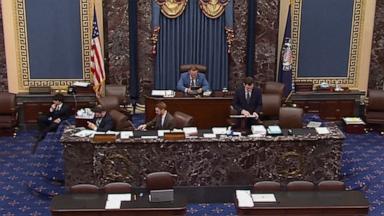Navigating the Complex Web: Iran, Hamas, and the Geopolitics of Proxy Relationships
In the intricate and often volatile landscape of the Middle East, the relationship between nation-states and non-state militant groups is a defining feature of modern conflict. The alliance between the Islamic Republic of Iran and Hamas, the Palestinian group governing the Gaza Strip, presents a particularly complex case study in strategic partnership, ideological alignment, and geopolitical maneuvering.
While often simplified in media reports, this connection is not a monolithic master-servant dynamic but a multifaceted relationship built on converging interests, which also contains its own points of friction and divergence.
The Foundation of a Strategic Alliance
The partnership is underpinned by several critical, mutually beneficial factors:
- A Shared Adversary: The most powerful glue binding Iran and Hamas is a common opposition to Israel. For Iran, supporting groups that challenge Israel is a cornerstone of its foreign policy and a way to project power beyond its borders without direct confrontation. For Hamas, Iranian support provides essential military, financial, and political backing that bolsters its resistance against a far more powerful adversary.
- The "Axis of Resistance": Iran has strategically cultivated a network of proxy forces across the region, including Lebanese Hezbollah, Shia militias in Iraq, and Houthi forces in Yemen. Hamas is a Sunni Islamist member of this Shia-led coalition, demonstrating that pragmatic geopolitical goals can sometimes override deep sectarian divides within Islam. This axis allows Iran to create a multi-front pressure system against its rivals.
- Material and Military Support: Analyses from global security firms and intelligence agencies consistently cite Iran as a primary source of funding and advanced weaponry for Hamas. This includes the provision of rockets, drone technology, and expertise that have significantly enhanced the group's military capabilities over the years. This support is a vital lifeline for Hamas, especially under the enduring restrictions of the blockade on Gaza.
Nuances and Points of Tension
To view this relationship solely through a lens of unwavering harmony is misleading. Several factors create inherent tensions:
- Sectarian Differences: Hamas is a Sunni Muslim organization rooted in the ideology of the Muslim Brotherhood. Iran is a Shia Muslim theocracy. This sectarian split is a fundamental divide in the Islamic world, and while leadership on both sides has chosen to prioritize political goals over religious doctrine, it remains a underlying friction point that can be exploited by rivals.
- Diverging National Interests: Ultimately, Iran is a nation-state with its own national security and economic priorities, while Hamas is a non-state actor focused predominantly on the Palestinian cause. There have been historical moments, particularly during the Syrian civil war, where their interests did not perfectly align, leading to periods of strained relations. Iran's broader regional calculations may not always perfectly dovetail with Hamas's immediate tactical needs.
- Autonomy in Decision-Making: Despite the reliance on Iranian support, Hamas maintains its own leadership and decision-making structures. It is not a direct puppet of Tehran but a partner that, while heavily influenced, retains agency. This autonomy means its actions can sometimes surprise or complicate Iran's broader strategic plans.
Regional and Global Implications
The Iran-Hamas alliance has profound consequences that extend far beyond their bilateral ties. It is a major driver of regional instability, contributing to a continuous cycle of conflict and arms proliferation. This partnership also serves as a primary flashpoint in the ongoing proxy struggle between Iran and its adversaries, notably Israel, Saudi Arabia, and, by extension, the United States.
Conclusion
The bond between Iran and Hamas is a powerful testament to the axiom that "the enemy of my enemy is my friend." It is a strategic marriage of convenience, fortified by significant material support and a common opposition to a shared foe. However, it is also a relationship fraught with underlying ideological and strategic contradictions. As the geopolitical tides of the Middle East continue to shift, this alliance will remain a central, and deeply complex, factor in determining the region's path toward either greater conflict or a precarious peace.
Disclaimer: This analysis is a synthesized overview based on widely reported geopolitical dynamics and expert commentary. It is presented for informational purposes and does not represent an official stance on the involved parties.









